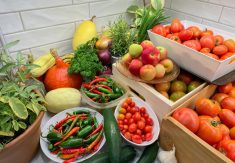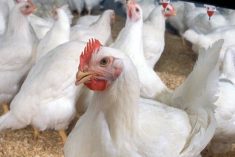Chinese farmers are set to expand corn acreage more than two per cent this year to reach its largest spread ever, despite a growth rate flat with last year, as record domestic prices and grain subsidies by Beijing cut into soy acreages.
The lower soy acreage will ensure imports by China, the world’s top buyer of the oilseed, stay robust while a better corn harvest will improve supply.
China is the world’s second-largest consumer of corn, of which it has been a net importer since 2009, after demand growth outpaced production.
Read Also

Manitoba farmers uneasy on expropriation
Farmland expropriation for Oak Bluff highway project brings process, farmer compensation concerns back to the fore.
“We expect corn acreage will no doubt increase at the same percentage as last year,” said one analyst with official think-tank the China National Grain and Oils Information Center (CNGOIC).
China’s total corn acreage rose two per cent to a record 33.15 million hectares in 2011, while soy acreage fell 10.2 per cent to 7.65 million hectares, official figures show.
“Local governments are encouraging farmers to increase grains acreage and the expansion will surely take away acreage for others, like soy and cotton,” said the analyst, who declined to be identified, as he is not authorized to talk to the media.
Beijing, gripped by food security concerns, will continue to give farmers subsidies to plant rice, corn and wheat, suggesting grain harvests will rise for a ninth straight year since the incentives began in 2003, if the weather stays favourable.
The central government has agreed to increase farmers’ grain subsidies by 14 per cent this year to 160.6 billion yuan ($25.5 billion), after a rise of 17 per cent in 2011.














